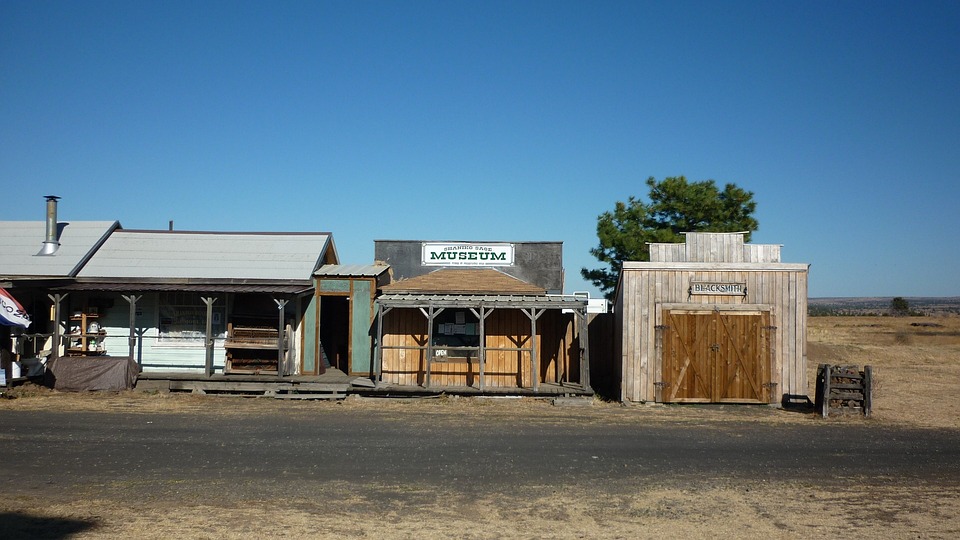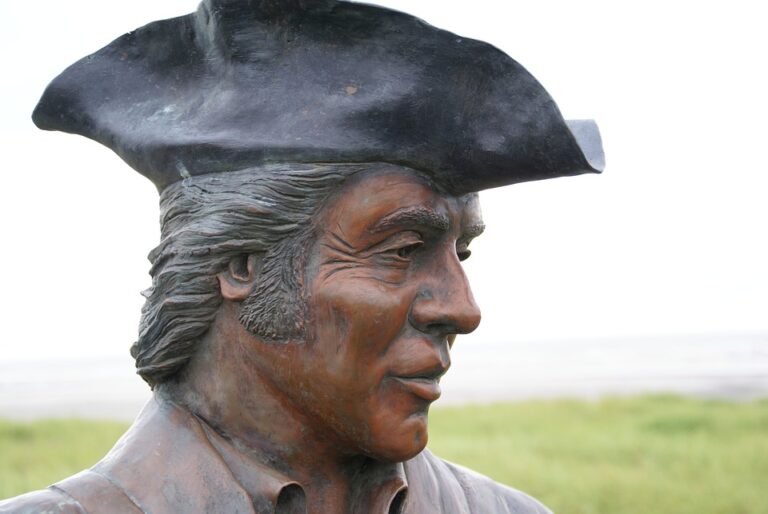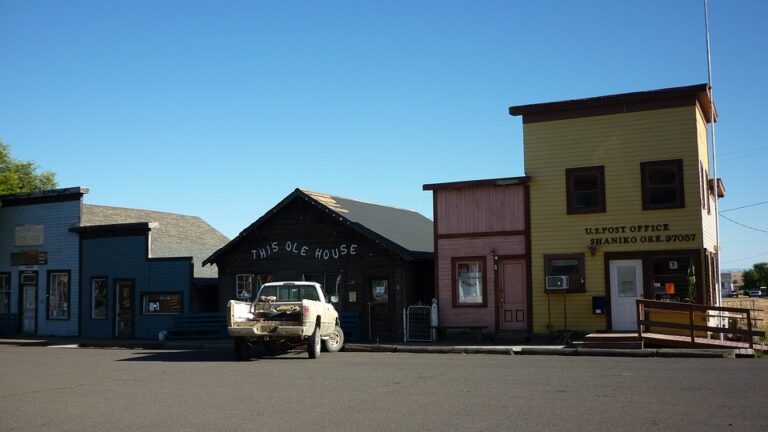
Discovering Oregon’s Rich History: A Journey Through Time
Oregon, a state in the Pacific Northwest region of the United States, is known for its scenic beauty, outdoor recreation, and diverse culture. However, many people are unaware of Oregon’s rich and fascinating history. A journey through time is necessary to discover the state’s past and gain a deeper appreciation for its present.
The earliest known inhabitants of Oregon were the Native American tribes who lived in the region for thousands of years. The most prominent of these tribes were the Chinook, Klamath, Nez Perce, and Umatilla. These tribes were known for their intricate artwork, basket weaving, and fishing skills. They also had their unique languages and traditions that were passed down from generation to generation.
In the late 18th century, the first Europeans arrived in Oregon, primarily fur traders and explorers. They were followed by settlers who came to Oregon in the mid-19th century, attracted by the fertile land and opportunities for farming and logging. The Oregon Trail, a 2,000-mile route from Missouri to Oregon, was the primary means of transportation for these early settlers.
One of the significant events in Oregon’s history was the Oregon boundary dispute, which lasted from 1818 to 1846. The dispute was between the United States and Great Britain over the boundary between the two countries. The dispute was resolved in 1846 with the Oregon Treaty, which established the 49th parallel as the boundary between the United States and Canada.
Another significant event in Oregon’s history was the gold rush of 1851. Gold was discovered in the region, and thousands of people came to Oregon in search of wealth. The gold rush led to the development of towns and cities and helped to boost the state’s economy.
In the late 19th and early 20th centuries, Oregon saw significant growth and development. The state became a hub for the timber industry, with lumber mills and logging camps popping up throughout the region. The establishment of the railroads also helped to boost the state’s economy, making it easier to transport goods and people.
During this time, Oregon also became known for its progressive policies. In 1902, the state became the first to establish a workers’ compensation system. In 1914, Oregon became the first state to adopt the initiative and referendum process, which allows citizens to propose and vote on laws directly.
Oregon’s history is also marked by its role in World War II. The state played a crucial role in the war effort, with the construction of shipyards and the production of military equipment. Many Oregonians also served in the military, and the state suffered significant losses in the war.
Today, Oregon is known for its environmental activism and progressive policies. The state is home to many national parks and forests, including Crater Lake National Park and the Columbia River Gorge National Scenic Area. It is also a leader in renewable energy, with wind and solar power accounting for a significant portion of the state’s energy production.
Oregon’s history is rich and fascinating, and there are many ways to explore it. One way is to visit the state’s many museums and historical sites. The Oregon Historical Society Museum in Portland is an excellent place to start, with exhibits on the state’s history, including its Native American heritage, early explorers, and pioneers.
The Columbia River Maritime Museum in Astoria is another must-see for history buffs. The museum focuses on the history of the Columbia River and its role in the development of the region. Visitors can see exhibits on the maritime industry, including fishing and shipping, and learn about the area’s military history.
For those interested in Oregon’s natural history, the John Day Fossil Beds National Monument is a must-visit. The monument contains some of the most significant fossil beds in the world, with fossils dating back millions of years. Visitors can see exhibits on the area’s geology and paleontology and take guided tours of the fossil beds.
Another way to explore Oregon’s history is to take a road trip along the Oregon Trail. The route follows the path of the pioneers who traveled west in the mid-19th century, and there are many historical sites and landmarks along the way. The Oregon Trail Interpretive Center in Baker City is an excellent place to start, with exhibits on the trail’s history and the challenges faced by the pioneers who traveled it.
In conclusion, discovering Oregon’s rich history is a journey through time. From the Native American tribes who first inhabited the region to the pioneers who traveled the Oregon Trail, the state’s past is fascinating and diverse. By visiting museums, historical sites, and natural landmarks, we can gain a deeper appreciation for Oregon’s present and the role it has played in shaping the United States.


